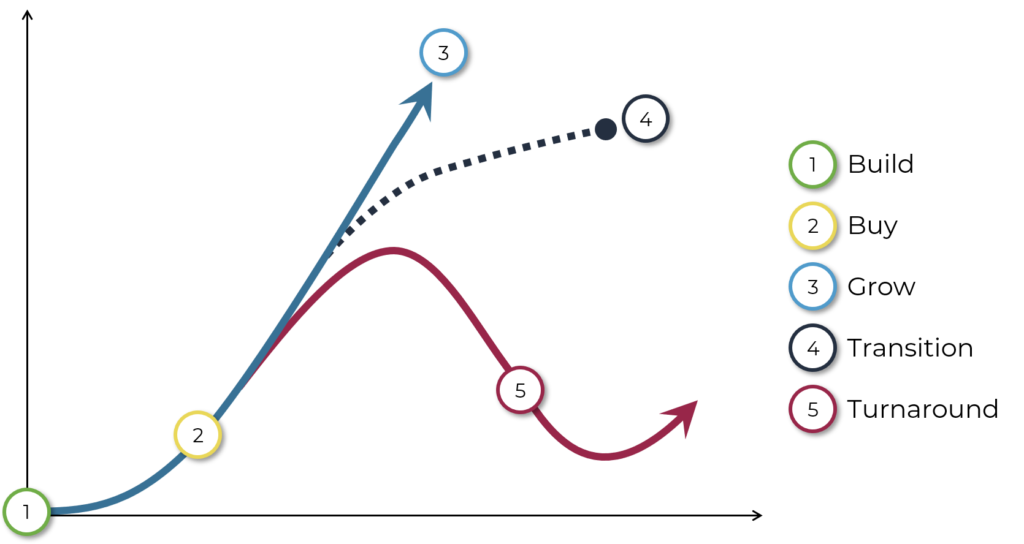Entrepreneurs come in all shapes, sizes, industry focuses, experience levels, and areas of expertise – the common thread among all entrepreneurs is the willingness to venture into the uncharted and unfamiliar, with vision and optimism.
How they become entrepreneurs also varies. Some stumble into consulting and build a business out of it, others buy their first piece of real estate and become passionate, and other take their day job and build a competitor. A lesser known form of entrepreneurship also goes by a few names: “Entrepreneurship by Acquisition” / “Search Funds” / “Entrepreneurial Acquisition”. I call both founders and acquirers entrepreneurs because in both cases, they are taking a risk to grow something into their vision. The only real difference being that one started from the ground floor and the other jumped on the elevator a couple of floors up – they are both operating the elevator, nonetheless. No path is better or worse, as both are challenging and at times frustrating, but both also offer significant rewards if they can turn their vision into a reality. I call these founders and acquirers BUILD and BUY entrepreneurs, respectively.
Once you’ve got a business up and running, you likely want to grow it. Some may focus on increasing the product portfolio, others focus on expanding customer reach, and yet others focus on cutting costs, but there are lots of ways to skin the cat. Ultimately they all have one major goal: I don’t think I’ve ever met an entrepreneur who doesn’t want to grow profit. These entrepreneurs are in the GROW stage.
At the tail end of the company life cycle, there are two primary outcomes: you’ve either been successful enough to create a sustainable business or you have not. In the former case, there will come a time when the future of the company needs to be determined – will it be passed on to the next generation? Will be sold to the highest bidder? Will it be sold to the employees? This period marks a major TRANSITION for the owner, which will have significant implications for many stakeholders and should not be taken lightly. Conversely, if the company is not sustainable, immediate and decisive corrective action must be taken to initiate a TURNAROUND in the trajectory of the business, for the sake of the owner, their family, their employees, and their customers.
Where are you on this journey? What steps are you taking today, tomorrow, and the next day to move to the next stage? Who are you surrounding yourself with to help you make the best choices for your circumstances? Being the leader of a company can be difficult, as you have only one peer at your level, and you’re staring at them when you look in the mirror.

